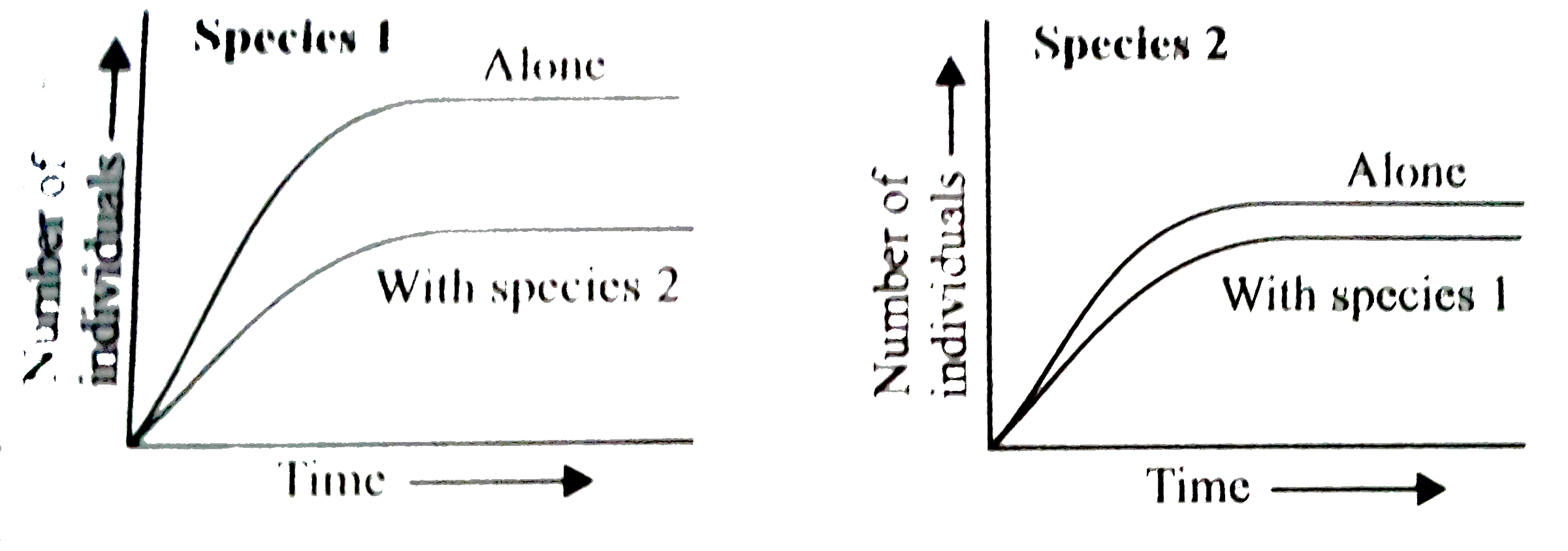Which one of the following plants shows a very close relationship with a species of moth, where none of the two can complete its life cycle without the other
Viola
Banana
Yucca
Hydrilla
To solve the question regarding which plant shows a very close relationship with a species of moth, where neither can complete its life cycle without the other, we can follow these steps:
1. Understand the Relationship: The question is asking about a mutualistic relationship, where both species benefit from each other and are dependent on one another for survival.
2. Evaluate the Options:
- Option A: Viola: Viola plants are known to be pollinated by insects, but they do not have a specific dependency on a moth for their life cycle. Therefore, this option is incorrect.
- Option B: Banana: Banana plants primarily reproduce through vegetative propagation and do not have a mutualistic relationship with a moth. Thus, this option is also incorrect.
- Option C: Yucca: Yucca plants have a well-documented mutualistic relationship with certain species of moths (such as the Yucca moth). The moth lays its eggs in the flowers of the Yucca, and in return, the moth pollinates the flowers. The larvae feed on some of the seeds, but enough seeds remain for the plant to reproduce. This mutual dependency makes this option correct.
- Option D: Hydrilla: Hydrilla is an aquatic plant that reproduces through water pollination and does not have a mutualistic relationship with a moth. Therefore, this option is incorrect.
3. Conclusion: Based on the evaluation, the correct answer is Option C: Yucca plant, as it demonstrates a close mutualistic relationship with a species of moth.
Final Answer:
The plant that shows a very close relationship with a species of moth, where neither can complete its life cycle without the other, is the Yucca plant.
---
- Option A: Viola: Viola plants are known to be pollinated by insects, but they do not have a specific dependency on a moth for their life cycle. Therefore, this option is incorrect.
- Option B: Banana: Banana plants primarily reproduce through vegetative propagation and do not have a mutualistic relationship with a moth. Thus, this option is also incorrect.
- Option C: Yucca: Yucca plants have a well-documented mutualistic relationship with certain species of moths (such as the Yucca moth). The moth lays its eggs in the flowers of the Yucca, and in return, the moth pollinates the flowers. The larvae feed on some of the seeds, but enough seeds remain for the plant to reproduce. This mutual dependency makes this option correct.
- Option D: Hydrilla: Hydrilla is an aquatic plant that reproduces through water pollination and does not have a mutualistic relationship with a moth. Therefore, this option is incorrect.
The plant that shows a very close relationship with a species of moth, where neither can complete its life cycle without the other, is the Yucca plant.
Topper's Solved these Questions
- NCERT Exemplar Questions +2 (STRATEGIES FOR ENHANCEMENT IN FOOD PRODUCTION)Book:TRUEMEN BIOLOGY ENGLISHChapter:NCERT Exemplar Questions +2 (STRATEGIES FOR ENHANCEMENT IN FOOD PRODUCTION)Exercise:MCQs
Explore 25 Videos
- NEET (UG) -2019 (Conducted by CBSE on 05-05-2019)Book:TRUEMEN BIOLOGY ENGLISHChapter:NEET (UG) -2019 (Conducted by CBSE on 05-05-2019)Exercise:MCQs
Explore 84 Videos
Similar Questions
Knowledge Check
Which one of the following plants keep its stomata open during the night and close during the day?
ACornBWater lilyCPistiaDCactusIn laboratory experiments, two species of the protist Paramecium (species 1 and 2) were grown alond and in the presence of the other species. The following graphs show growth of species 1 and species 2, both alone and when in mixed culture with the other species.
 Which of the following conclusions can be drawn from the graphs ? ACompetitive exclusion occurred in these experiments.BBoth species are affected by interspecific competition but species 1 is affected less.CBoth species are affected by interspecific competition but species 2 is affected less.DBoth species are affected equally by interspecific competition.
Which of the following conclusions can be drawn from the graphs ? ACompetitive exclusion occurred in these experiments.BBoth species are affected by interspecific competition but species 1 is affected less.CBoth species are affected by interspecific competition but species 2 is affected less.DBoth species are affected equally by interspecific competition.Which of the following statements is/are incorrect ?
(i) The liver fluke, a parasite, depends on intermediate hosts (a snail) to complete its life cycle.
(ii) The malarial parasite needs a vector (mosquito) to spread to other host organisms.
(iii) In case of brood parasitism, the eggs of parasitic birds are not detected and removed from the nest because the parasite's eggs resemble the host's eggs in morphology and colour.
(iv) A population of frogs protected from all predators would increase indefinitely.A(i) and (iv)B(iii) and (iv)COnly (i)DNone of these
The relationship between two species in which one is inhibited or harmed by the presence of the other is :
View SolutionA fungus which requires only one single host for completion of its life cycle is called
View SolutionConsider the following w.r.t criteria for essentiality of an elements.
(i) In the absence of the element the plants do not complete their life cycle or set the seeds
(ii) Requirement of the element must be specific and replaceable by another element
(iii) Element cannot be directly involved in the metabolism of plant
(iv) Deficiency of any one element cannot be met by supplying some other element
How many are incorrect?
View SolutionWhich one of the following is correct matching of a plant, its habit and forest type where it normally occurs?
View SolutionWhich one of the following represents an ovule where the embryo sac becomes horseshoe-shaped and the funiculus and micropyle are close to each other?
View Solution